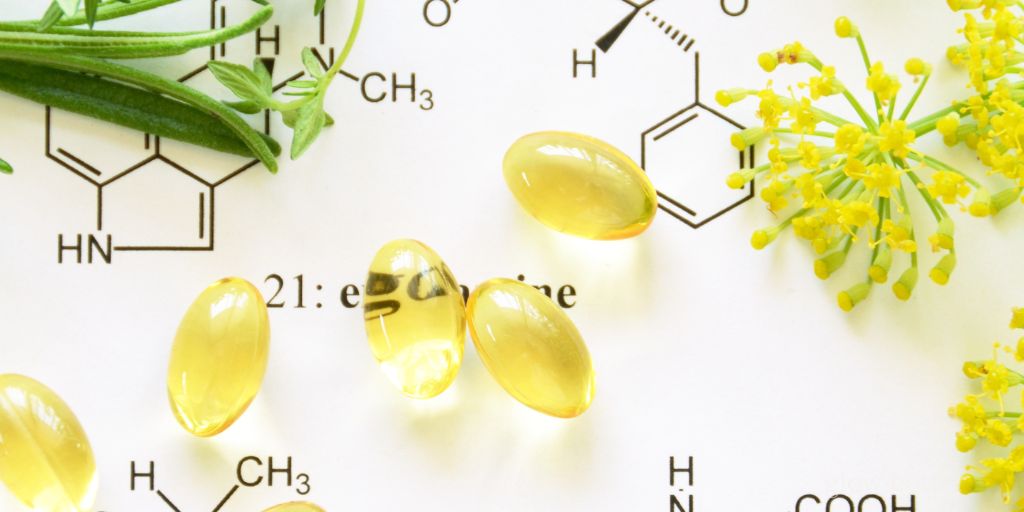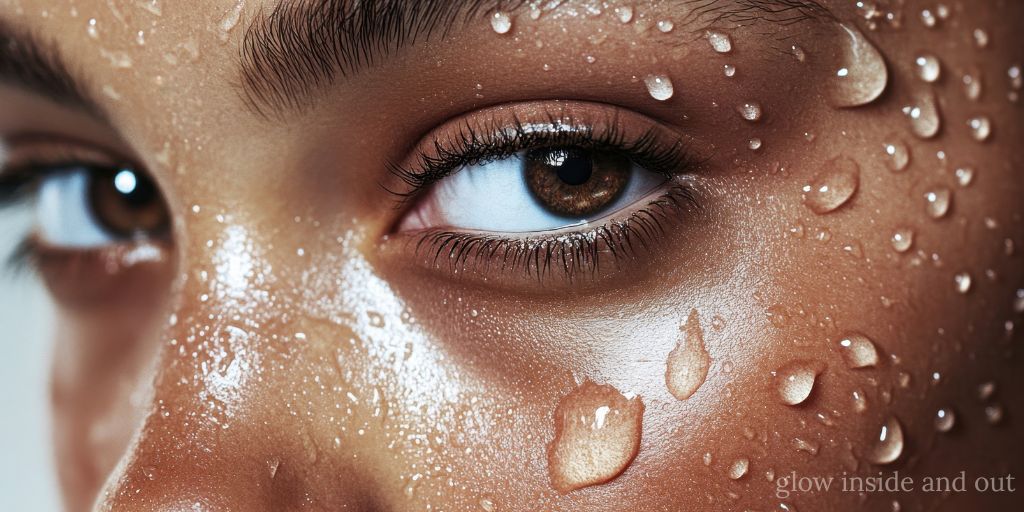
The Glow Guide to Omega-3s: Why These Fats Matter More Than You Think
How the right kind of fats can calm inflammation, support glowing skin, and even uplift your mood.
Omega-3s: The Essential Fat for a Glowing Inside-Out Approach
When it comes to skin health, inflammation, and even emotional wellbeing, omega-3 fatty acids play a surprisingly powerful role. These healthy fats – particularly EPA and DHA – are foundational to every cell membrane in the body, but most of us simply aren’t getting enough.
At The Glow Clinic, we often speak about skin in a holistic way. It’s not just about what you put on your skin, but how your internal environment supports healing, resilience, and radiance. Omega-3s are one of the key building blocks.
The Science of Omega-3s (Made Simple)
Omega-3s are a type of polyunsaturated fat. The most impactful forms for human health are:
-
EPA (eicosapentaenoic acid): anti-inflammatory, helps with skin redness, mood, and hormone regulation
-
DHA (docosahexaenoic acid): important for brain, nerve, and eye health
-
ALA (alpha-linolenic acid): found in flaxseed and chia, but only a small portion converts to EPA and DHA
Because our bodies can’t produce EPA and DHA efficiently, we need to get them through diet or supplements.

Why Modern Diets Are Lacking in Omega-3s
Many people are unknowingly operating with a pro-inflammatory internal environment due to the modern omega ratio.
We’re meant to have a balanced intake of:
-
Omega-3s: anti-inflammatory
-
Omega-6s: necessary, but can be inflammatory in excess
-
Omega-9s: non-essential (your body makes them)
The ideal balance: Omega-6:Omega-3 at around 4:1
The Western average: Up to 20:1 — far too omega-6 heavy
This is largely because of:
-
Processed seed oils (sunflower, soybean, corn oil)
-
Packaged and fried foods
-
Low intake of oily fish or algae-based sources

Why We Recommend Supplementing with Just Omega-3s
Many “omega blends” contain omega-6 and 9 as well, which sounds complete and better value than just omega-3 – but is usually unnecessary.
Here’s why a pure omega-3 supplement is preferable:
-
You’re already getting plenty of 6s and 9s in your diet
-
Omega-9s aren’t essential (your body makes them)
-
More omega-6s = more potential inflammation
-
Omega-3s help rebalance this, reducing redness, puffiness, and even hormone-linked skin issues
If you’re working on melasma, rosacea, breakouts, or perimenopausal skin shifts, this becomes even more important.
The Skin, Mood, and Hormonal Glow Connection
✅ Skin barrier support
✅ Calmer skin responses (especially in rosacea, acne, eczema)
✅ Brain + mood support (especially in low sunlight seasons)
✅ Hormonal regulation (PMS, perimenopause, etc.)
✅ Improved hydration and elasticity
Many of our patients notice softer skin, less redness, and a more stable mood within 4-6 weeks of consistent supplementation.
Glow Better Tip:
We recommend a high-quality omega-3 supplement that delivers at least 500–1000mg of combined EPA and DHA daily, ideally in triglyceride form for better absorption. Vegan options made from algae are also excellent. Foods that contain omega-3s include oily fish, flaxseed oil, chia seed and walnuts, many of which are easy to add into your regular diet.
In a world that’s constantly pulling us into inflammation — from stress, diet, and environmental triggers — omega-3s are one of the simplest ways to nourish the body’s calm, glowing state. It’s one of those small steps that truly builds up to a big glow.
If you would like more tailored advice on skin health, supplements and overall health, you can book in for an in depth consultation with Dr Jen here.


